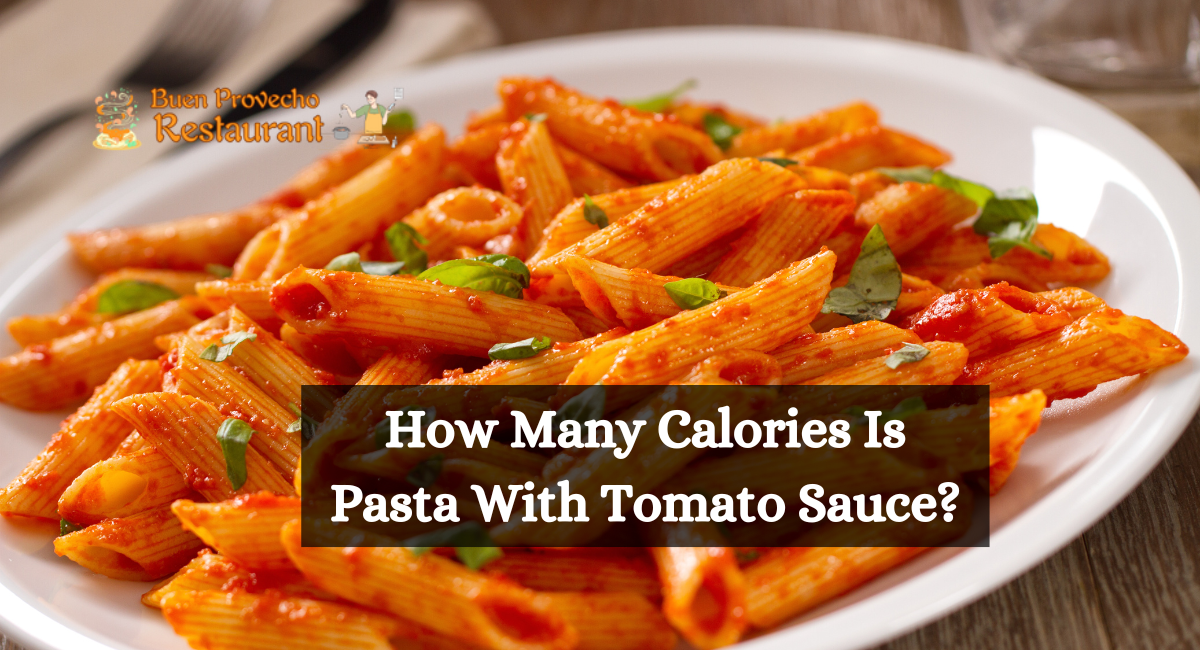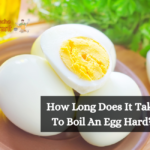It’s the most famous Italian dish in the globe. Consumed correctly and in the proper quantities, it is also an excellent method to maintain a healthy and trim physique. So, how many calories is pasta with tomato sauce.
Pasta with tomato sauce is one of the most well-known and admired Italian dishes abroad. It has always played a prominent role in the Mediterranean diet, recognized globally as an accurate nutritional model that is excellent for remaining healthy and fit. Pasta with tomato sauce is not only tasty but also helps you keep an appropriate weight when prepared and consumed correctly. According to nutritionist Valentina Schir, this dish is rich in vitamins, fiber, and “good” carbohydrates, which provide energy and promote healthy bodily function.
The Basics of Pasta
Before we dive into the specifics of calorie counts, it’s essential to comprehend the fundamental components of pasta. Wheat flour, water, and sometimes eggs are used to make pasta. It is available in various shapes and sizes, from spaghetti to penne, and can be served with numerous condiments, including tomato sauce.
The Tomato Sauce
Often used as a topping for pasta, tomato sauce comprises ripe tomatoes, seasonings, and sometimes olive oil. It is well-known for its bright red color and the flavor explosion it imparts to pasta dishes. However, the sauce’s caloric content can vary depending on its constituents and preparation.
Pasta with tomato sauce: nutrition value
A plate of pasta with tomato sauce and a teaspoon of extra-virgin olive oil provides an adequate quantity of complex carbohydrates from a nutritional standpoint. “The pasta contains essential nutrients that promote a healthy metabolism and fat burning,” explains Schir. It’s also excellent at making you feel full.
“Pasta’s complex carbohydrates give the body energy slowly to help you feel full sooner and for longer.” If the pasta is made from whole wheat, the feeling of satiety is increased even more. “Compared to white pasta, whole wheat pasta provides more consistent energy, allowing the body to absorb and utilize sugars more slowly due to its higher fiber content,” she says.
In addition, whole-wheat pasta increases the amount of anti-aging antioxidants on your plate, which can help you live longer. “It provides a greater amount of polyphenols, which have a protective effect on heart health and the body in general,” the nutritionist explains.
Calorie Calculations for Pasta with Tomato Sauce
To calculate the number of calories in your plate of pasta with tomato sauce, you must consider the following factors:
1. Type and Quantity of Pasta
The quantity and type of pasta consumed significantly impact the calorie count. Various pasta shapes and sizes have differing calorie counts. One cup of cooked spaghetti contains approximately 220 calories, while one cup of prepared penne contains about 200 calories.
2. Tomato Sauce Ingredients
The tomato sauce’s caloric content can also be influenced by its constituents. The calorie count will increase if the sauce contains additional ingredients like cheese, pork, or sugar. A half-cup serving of tomato sauce without other ingredients typically contains between 70 and 80 calories.
3. Portion Size
The portion measurement is crucial in determining the total number of calories consumed. Naturally, more significant portions will contain more calories. To manage your caloric intake, it is essential to employ portion control.
Why it is good for you
Pasta with tomato sauce and extra-virgin olive oil is more nutritious than spaghetti or penne with olive oil alone. “In addition to tasting superior, it contains more beneficial nutrients. Tomatoes are an excellent lycopene source. This antioxidant, which combats degeneration, becomes more accessible when cooked. She explains that extra-virgin olive oil contains essential fatty acids that assist in controlling glycemia, or blood sugar levels, which are responsible for sudden hunger pains.
As long as it’s eaten al dente!
It would be best to boil the pasta until it is all crispy. “Compared to well-cooked pasta, its glycemic index is lower. Overcooking pasta increases the rate at which the body absorbs the starch it contains,” the nutritionist explains.
How to eat it
“The best way to enjoy pasta with tomato sauce without losing your figure is to avoid consuming other sources of sugar such as bread or pizza at the same meal,” explains the expert. Also, pay heed to the amount. “Pasta with tomato sauce is very stimulating. 70 grams of spaghetti or rigatoni with tomato sauce contains approximately 380 calories.
Managing Your Pasta and Tomato Sauce Calories
Now that you have a general understanding of the caloric content of pasta and tomato sauce, here are some suggestions for controlling your caloric intake:
1. Choose whole wheat pasta.
Whole wheat pasta is an improved choice because it contains more fiber and nutrients. It can help you feel satisfied with fewer calories.
2. Use a light tomato sauce.
Consider using a tomato sauce with fewer ingredients and calories if you’re trying to cut calories. It will reduce excessive calories while preserving the flavor of the tomato.
3. Be Mindful of Portion Sizes
Pay attention to your portion proportions. To avoid excessive calories, use smaller platters and practice portion control when eating pasta.
4. Add Vegetables
Include vegetables in your tomato sauce and pasta dish. In addition to adding flavor and nutrients, they help you feel full while consuming fewer calories.
5. Practice Moderation
It is acceptable to enjoy pasta with tomato sauce, but it is essential to maintain a healthy diet overall. The key to retaining a nutritional calorie intake is moderation.
Therefore, how many calories does pasta with tomato sauce contain? The answer depends on some variables, including the pasta variety, the sauce ingredients, and the size of your portion. By considering these factors and making intelligent choices, you can continue to appreciate this beloved Italian dish while effectively managing your calorie intake.
Thank you for reading……










